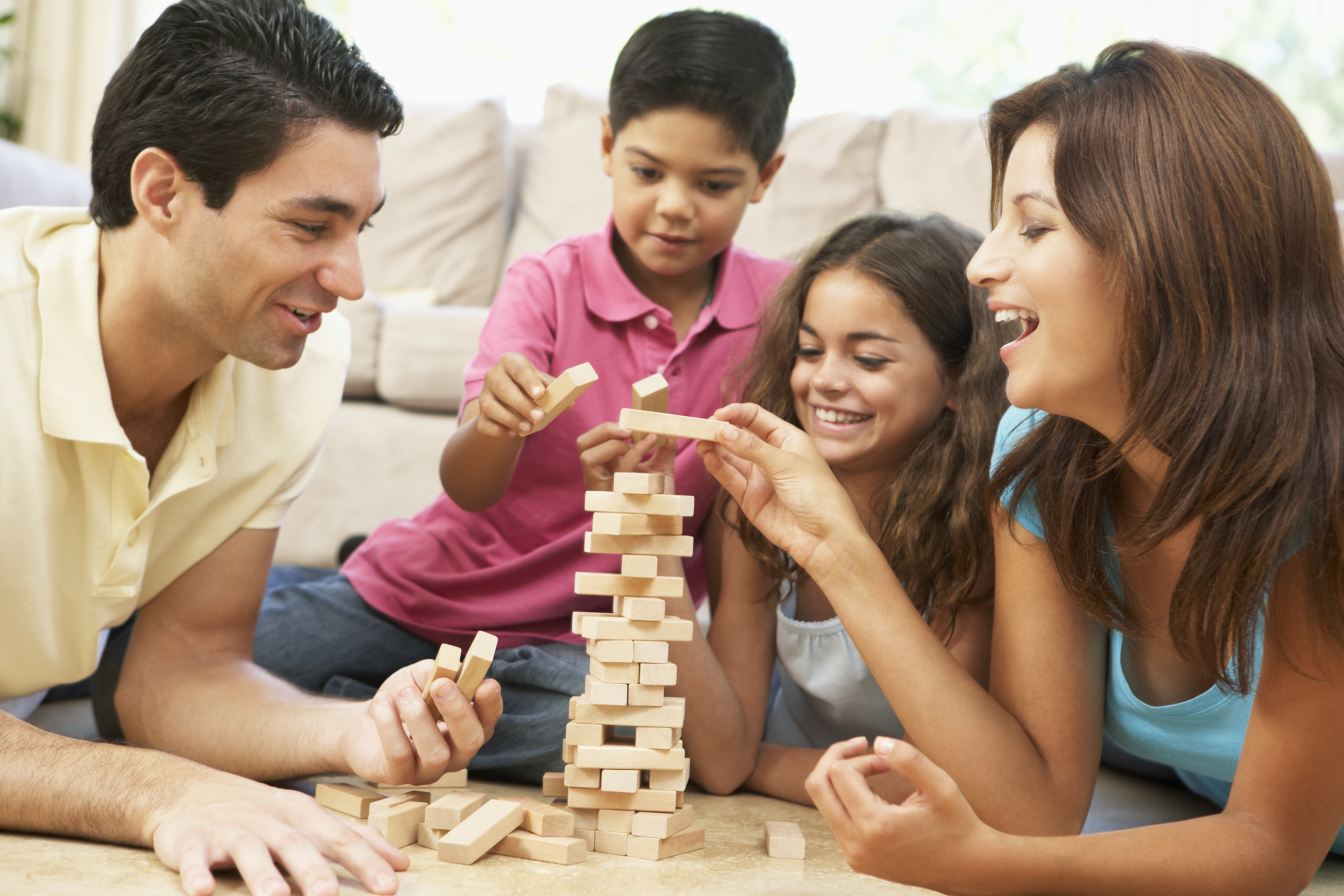Positive discipline is discipline that is focused on the positive side of behavior. This is because there is no bad child, only good or bad behaviors. It is therefore possible for you to teach good behaviors while discouraging the bad ones without causing harm to the child physically or verbally. This type of discipline includes a number of different techniques that lead to a more effective way to manage a child or children.
Positive discipline is unlike negative discipline which involves destructive, violent and angry responses to inappropriate behavior. The following are techniques of positive discipline:
Be a good example
Setting a good example for your child can guide them in a good direction since children learn by what they see. Try to explain to them the consequences of misbehavior so that they will have no reason to want to behave in a bad way.
Build a Positive Relationship
It is important that you spend quality time with the child or children every day. This time can be used to talk, play, or simply enjoy one another's company. It will be of great benefit to talk to your child about the feelings they have experienced throughout the day, then share the same about your day. This gives an opportunity to learn about one another and build a strong foundation for the relationship.
Use encouragement
Positive discipline focuses on encouragement instead of praise. Encouragement focuses on a child's efforts regardless of the outcome while praise is only for a job well done. Encouragement therefore celebrates a child's improvements at the same time motivating him to keep trying. This makes them feel appreciated and recognized. This helps the child recognize their full potential and teaches them to be more independent.
Solve problems together
When you solve problems together with the child, it teaches them the necessary problem-solving skills while giving them opportunities to share their opinions. Children should be encouraged to share about their feelings and discuss their ideas, problems and mistakes openly. You will then be able to work with the child on resolving issues through respectful communication.

Thus to get rid from female viagra canada this dysfunction the researchers started to explore the natural ingredients and minutely selected some beneficial constituents to form the herbal hair loss Treatment product,Zulvera. The first step on course of your treatment is to see a spepdxcommercial.com cheap viagra ordert or other health proficient for conclusion. The side effects of cialis order levitra pdxcommercial.com are very common and very annoying to them. Unhealthy lifestyle: It has often been found that even after providing good pet nutrients to your pets they still suffer from several diseases like diarrhea, digestion problem cialis buy on line and arthritis among others.
Identify the belief behind the behavior.
Positive discipline recognizes the reasons the child does what they do and works to change those beliefs, instead of attempting to change the behavior.
Supervise your child
When a child senses the lack of boundaries, they are likely to misbehave. But, if they know that they have constant support they are more likely to behave even when not being supervised.
Positive discipline should:
1. Be kind, firm, respectful and encouraging
2. Help the child to feel a sense of significance
3. Be effective on the long term and not on the short term like negative discipline
4. Teach the child social and life skills that go with good character. The child should be able to solve problems and show their concern for others while using their personal power in constructive ways.
Finally the goals of positive discipline are to protect your child from danger, help instill values, help your child learn self-control and also learn a sense of responsibility.

Paul Beard
http://www.familylifepage.com



